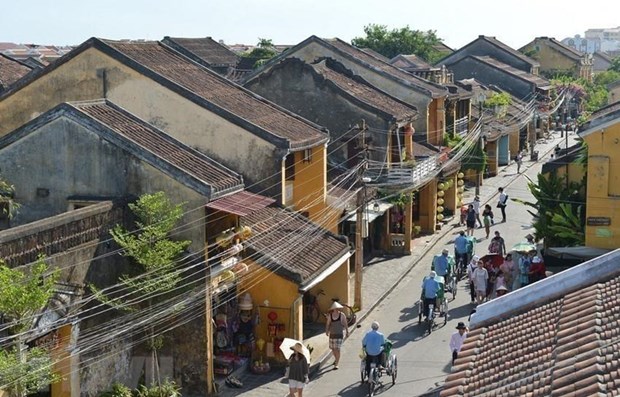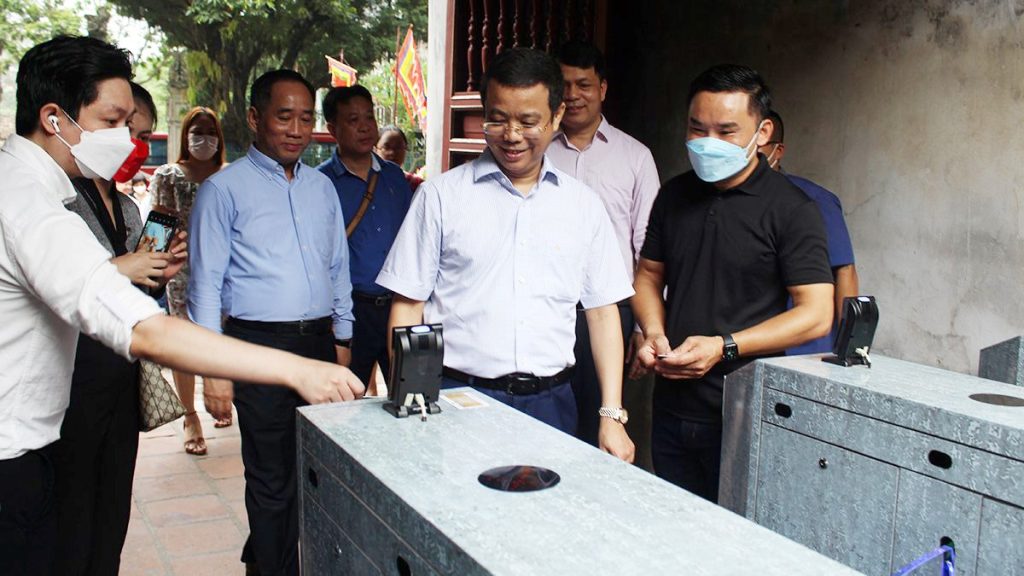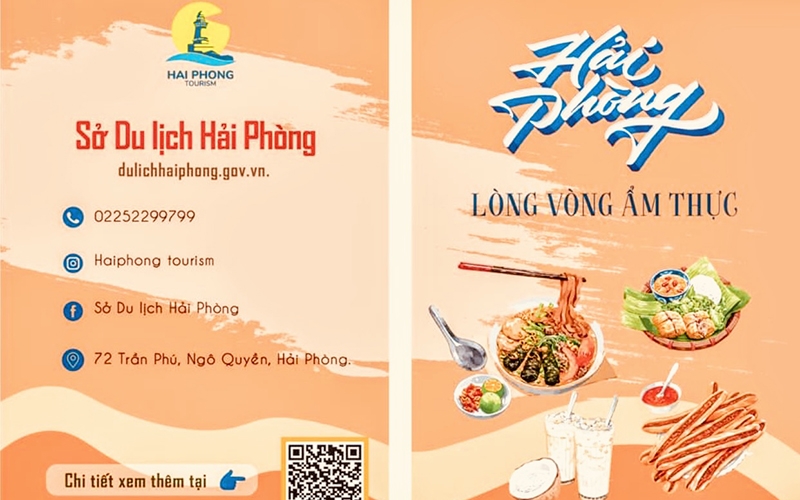The Mekong Delta is rich in indigenous culture formed by friendly and generous people. This area is also endowed by nature and is a rice granary and the land of lush gardens. These advantages are a good foundation for the delta to develop community-based tourism.
Bright spots
The impression of many tourists to the Mekong Delta is the dense network of rivers and canals, lush gardens, and unique folk culture treasure. Taking advantage of the available potential, Mekong Delta localities have developed various kinds of tourism, such as cultural-historical, ecological, resort, agricultural-rural, and community-based tourism. In this delta, many bright spots in community-based tourism have been formed, bringing interesting experiences to tourists.
In Can Tho, Son Islet in Bui Huu Nghia ward, Binh Thuy district is a tourist attraction that visitors should not miss. More than half of local households are actively engaging in tourism development through different forms, such as homestays, restaurants, transportation, and tourist guides. Attentively, in the Mekong Delta city, tourists have an opportunity to make local cakes, visit orchids, feed fish, see snakeheads flying, and taste such specialties as fermented fish hotpot, osphronemidae salad, and banh xeo (crispy pancake), among others.

Visitors at Chim islet community-based tourist site (Photo: Baodongnai)
Debuted and officially operated in September 2019, the cooperative group has 19 members now. Deputy Director of the provincial Department of Culture, Sports, and Tourism Lam Huu Phuc revealed that last year Chim Islet welcomed 22,450 tourists, raking in VND 6.75 billion. In the first six months of this year, this tourist site hosted over 12,000 domestic and international tourists.
A typical tourism model having become a trademark of Tra Vinh province is Chim islet in Hoa Minh commune, Chau Thanh district. It lies in the middle of the Co Chien River and is renowned for its natural tourism model. According to Nguyen Thi Bich Van, Head of the Cooperative Group of Chim Islet Community-based Tourism Site, this tourism model means that locals feast tourists with organic specialties grown by themselves, using no chemicals. Moreover, tourists are encouraged to enjoy fresh air instead of using air conditioners.
Another unique community-based tourism model in Mekong Delta is Ut Trinh Homestay in Hoa Quy village, Hoa Ninh commune, Long Ho district, Vinh Long province. Visitors fall in love with this destination because of the simple space imbued with the Southwestern region’s character of harmonious nature and the cool air from the breeze blowing in from Long Ho River. In the evening, visitors have the opportunity to return to their childhood when the entire ancient house with over 100 years of history turns off all lighting equipment and only uses oil lamps. Here, visitors can enjoy the melodies and soulful lyrics of the art of Don Ca Tai Tu (Southern amateur singing), then take a walk, explore the islet at night or play folk games.
Thanks to preserving the local lifestyle, customs and cultural identity, Ut Trinh Homestay was awarded the ASEAN Homestay Standard Award in the 2017-2019 period by the ASEAN Tourism Forum (ATF), a prestigious award for homestays with good service quality and high connection with the community. This is demonstrated by the fact that 100% of the people working at Ut Trinh Homestay chain are locals.
Sustainable exploitation of gold mines
People in Mekong Delta provinces have effectively made use of available plentiful potential in terms of nature and culture. They have known how to exploit such gold mines to develop economy. According to Permanent Deputy Head of Mekong Delta Tourism Association Le Thanh Phong, community-based tourism models in which agricultural production and cultivation is combined with tourism development are shown to be highly effective, contributing to local socio-economic development and creation of stable livelihoods and increased living standards of locals. These models have become unique tourism products of each locality in the Mekong Delta, thus diversifying tourism products, distinguishing themselves from others.
Statistics show that in the first half of this year, the Mekong Delta welcomed nearly 30 million tourists, both at home and abroad, up 11.2% against the same period last year. Total revenue in tourism reached VND 34.8 trillion, an increase of 33% year-on-year. However, many travel companies assessed that although tourism in the Mekong Delta is very attractive, it has not yet attracted many tourists from the North. The reason is that the promotion of tourist attractions in localities is not good. Furthermore, in the first months of this year, the skyrocketing airfare (accounting for about 40% – 50% of tour prices) has caused difficulties for both travel companies and tourists. Therefore, General Director of Trang An Travel Company Nguyen Huu Cuong suggested relevant parties, including the tourism sector, local authorities, airlines, and travel companies, sit together to make appropriate adjustments to offer the best ticket prices, thereby reducing tour prices, while stimulating tourism demand with a focus on customers in the North and Hanoi.
Nguyen Thi Van, Deputy Director of AiTravel Co., Ltd., said that recently, there has been a shift of tourists from traditional destinations such as Ha Noi, Sa Pa, Ninh Binh or Ho Chi Minh City to the Mekong Delta. The fastest growing tourist market is Japan, because they love places that retain traditional cultural identity. Therefore, localities and communities need to preserve and maintain culture, protect the environment and natural landscapes to be able to exploit this high-spending tourist source.
Translated by Mai Huong
Source: PANO – en.qdnd.vn – Sep 13, 2024




